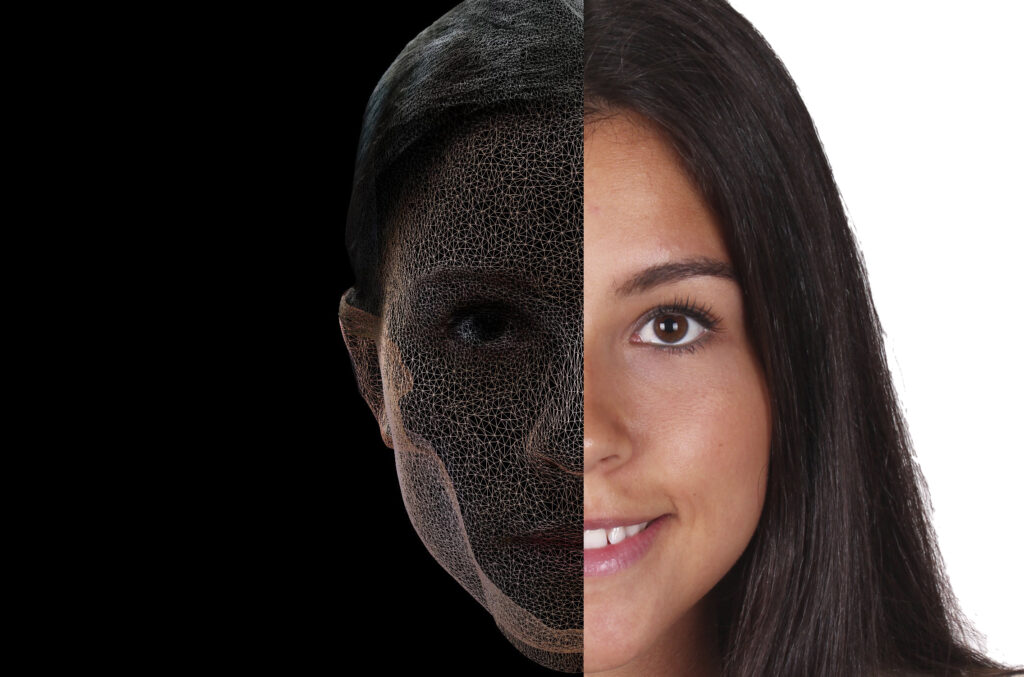New Technologies
Implantology, as a science, has been constantly evolving, with the daily incorporation of new technologies aimed at perfecting the techniques used.
CBCT (CONE BEAM COMPUTER TOMOGRAPHY)
Also known as Cone Beam Computed Tomography, this technology allows for extremely detailed auxiliary exams with reduced radiation levels. This means that the precision of details in this type of 3D exam is markedly high.
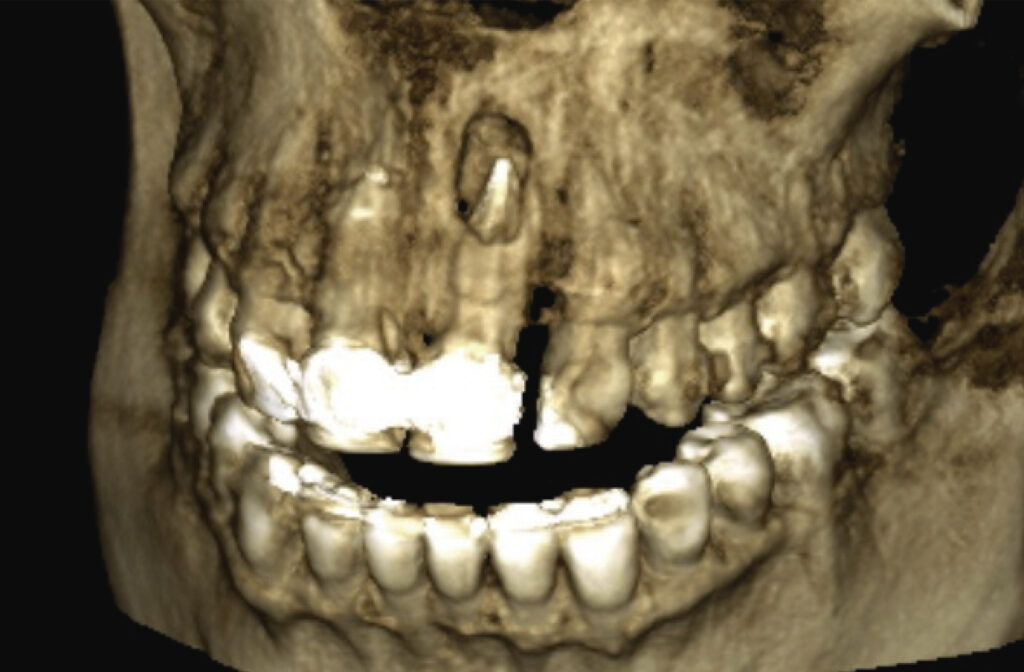
SURGICAL GUIDES FOR IMPLANT PLACEMENT
The manufacturing of tailor-made surgical guides using 3D printing technology allows for precise individualization, where in each case, the dental implants are planned and guided with exceptional accuracy. This possibility, combined with clinical experience, improves the precision of the treatments performed.
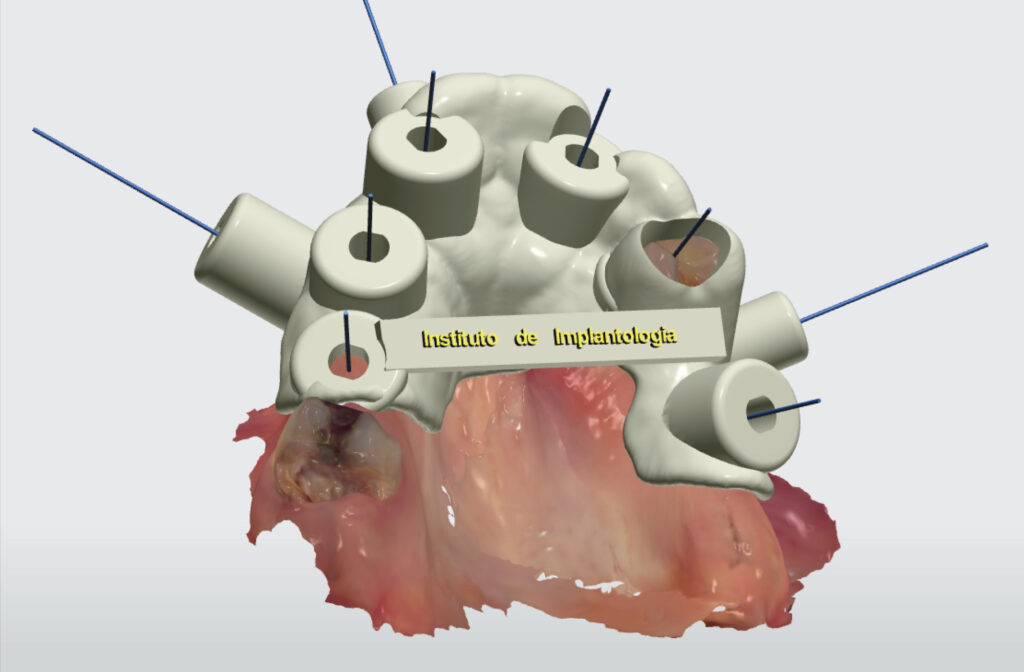
3D PRINTING
Obtaining objects through incremental fabrication allows for the creation of numerous rehabilitation components, with the generation of a .stl file, capable of being integrated into all digital workflows. This is another working opportunity that new technologies have brought to the Implantology Institute®.
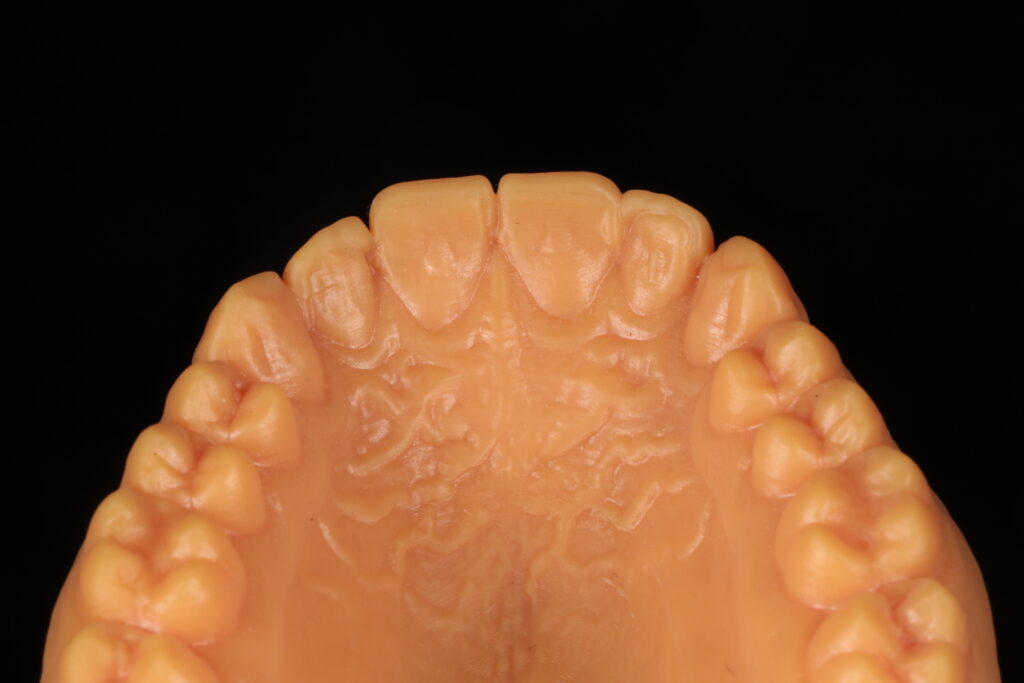
CAD-CAM MACHINES
The art of prosthetics has reached an extremely high level today, thanks to milling from a computerized design. This reality, based on robotic principles, allows for the creation of crowns, bars, and bridges with extraordinary quality.
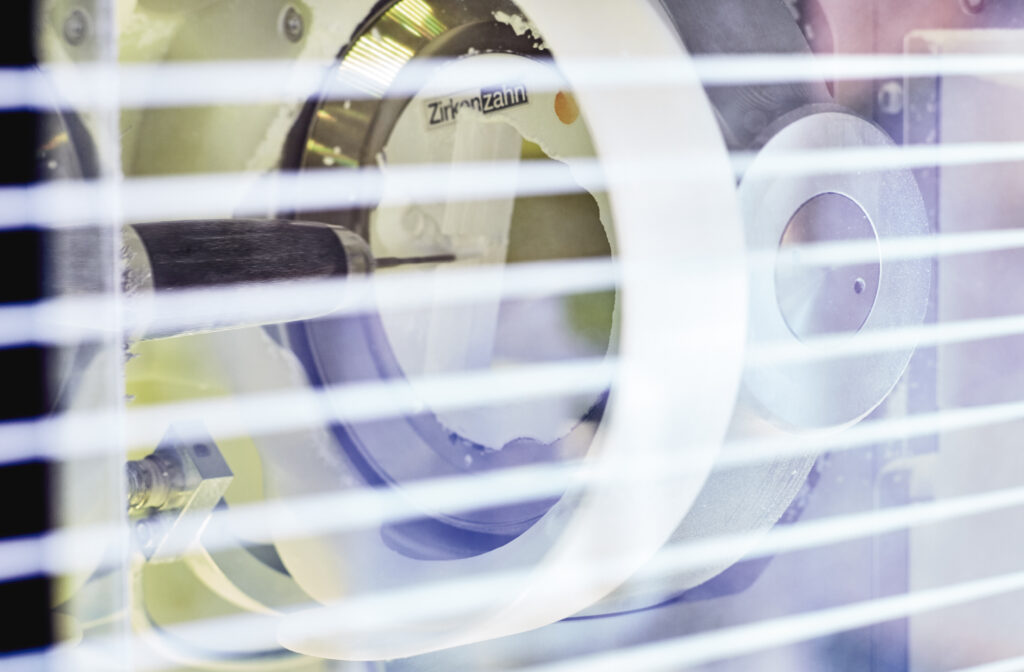
NEW IMPLANTS, NEW GEOMETRIES, AND BIOMATERIALS
Zirconia implants incorporate new aesthetic and promising advantages in the field of tissue biocompatibility, making them very promising. Additionally, titanium implants have undergone upgrades in their macrogeometry, making them more stable for the use of immediate load protocols / immediate teeth.
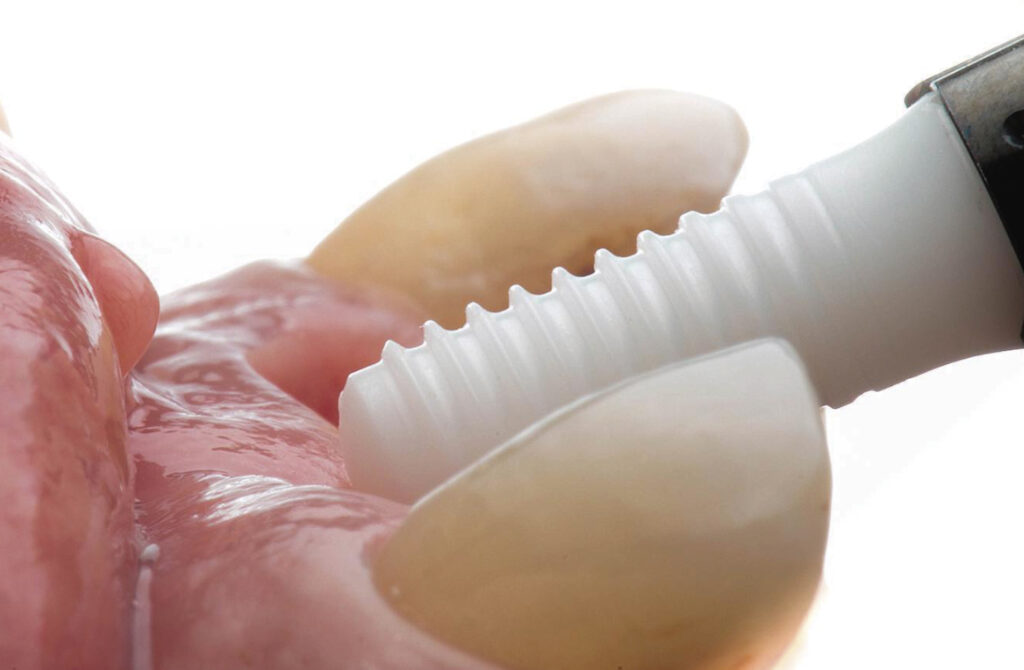
INTRAORAL SCANNERS
The traditional impression with alginate or silicone has been replaced by the ability to generate a 3D image. This is possible thanks to an optical probe capable of generating multiple photographs and combining them into a 3D model.
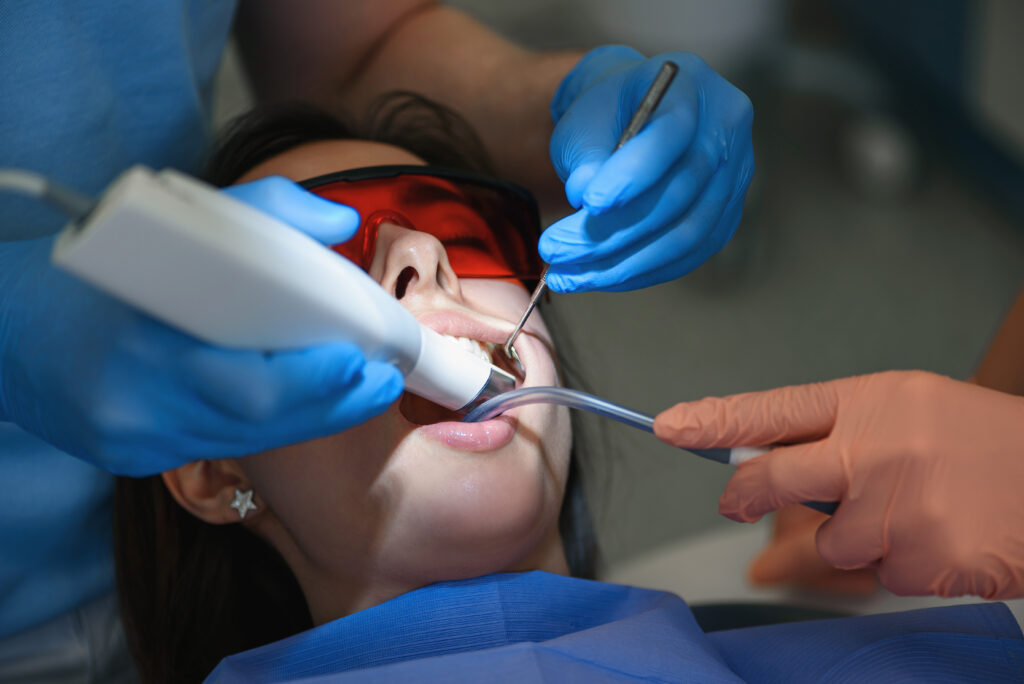
FACIAL SCANNER
It allows capturing multiple positions of the patient’s face through a 3D image, so that the mounting of teeth is as accurate as possible. It is an approach to transforming the real patient into the virtual patient.
